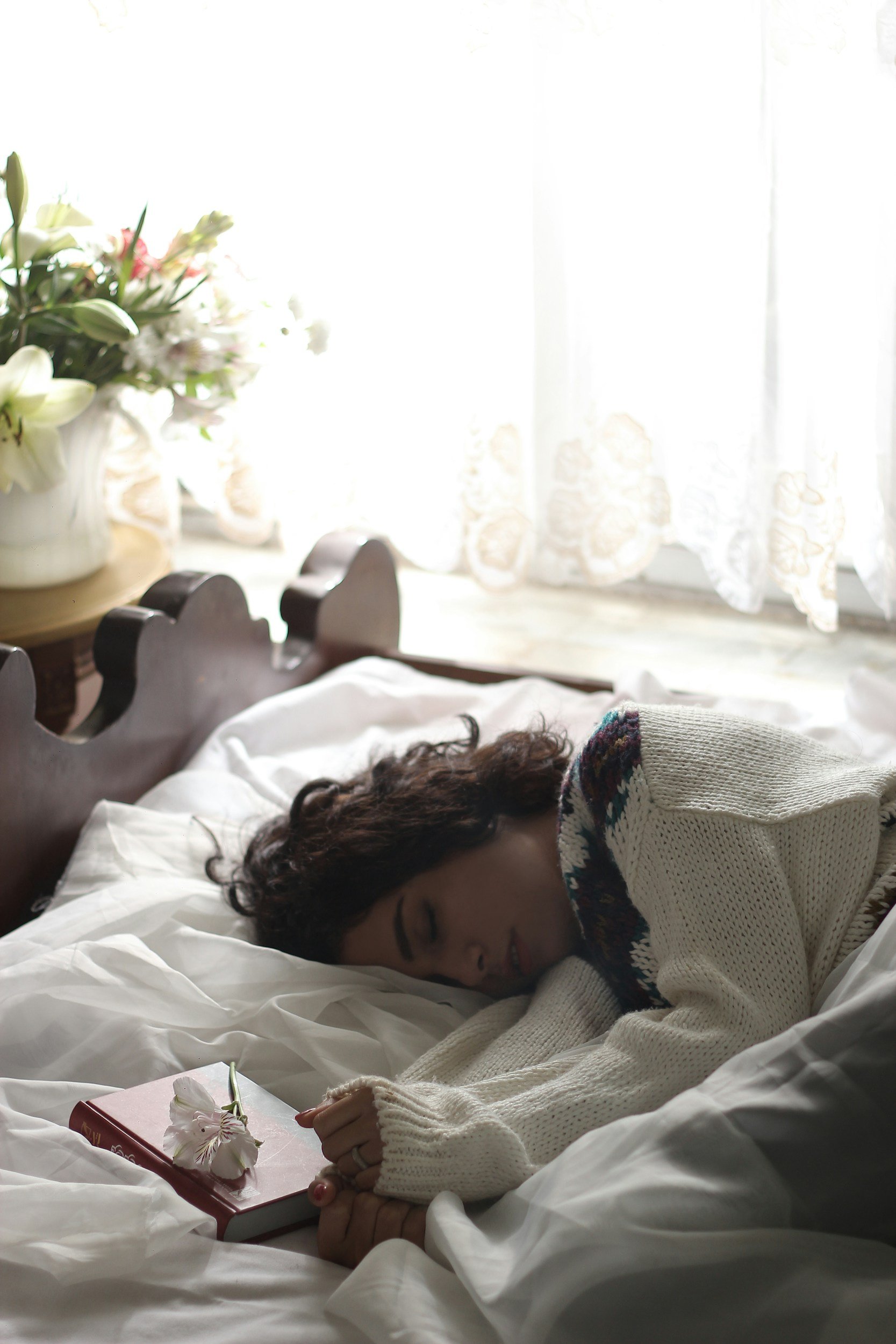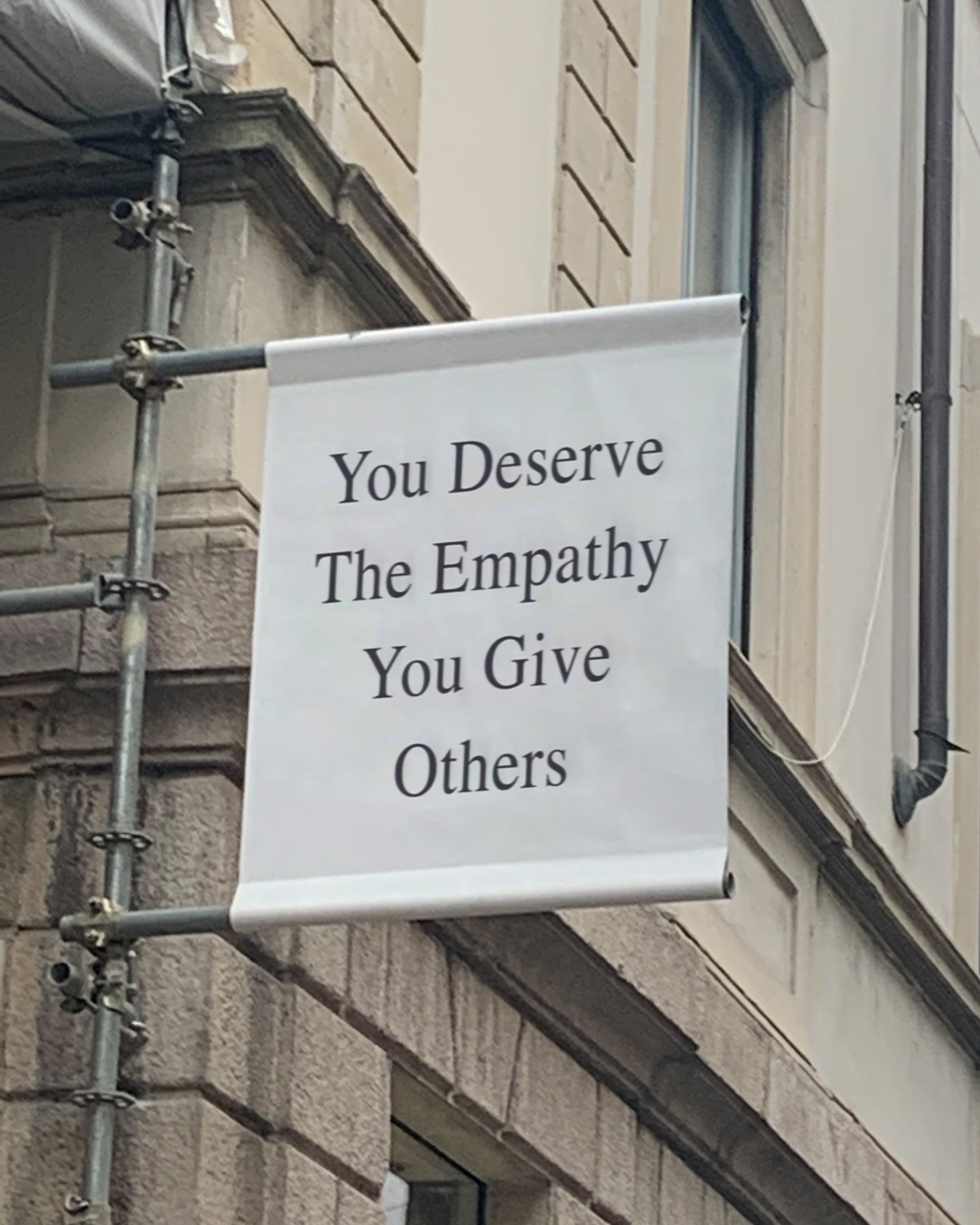Healing Through Connection: The Power of Nourished Relationships and Co-Regulation
As a holistic therapist in training, I see clients who are highly motivated to heal from past trauma, emotional wounds, or overwhelming stress, but they are trying by relying solely on themselves. I used to be in this same place, believing that I could push through it on my own. I actually thought this was the healthy and right way to heal… why burden another with my problems? While individual work and self-awareness are essential, healing does not happen in isolation. We as human beings are wired for connection! Plus, our nervous systems thrive in the presence of others—especially those who can help regulate and stabilize us.
Don’t get me wrong, being alone has an invaluable role in our healing as well… it’s actually essential to take space to be without distractions in order to heal. But nourishing relationships that provide us with attunement and co-regulation are some of the biggest influences on your healing.
Often times when we’re coming out of relationships with unsafe people, it can feel overwhelming to even believe that safe people do exist. Maybe you want intimate relationships but often times we may be in protection mode.
“Trauma compromises our ability to engage with others by replacing patterns of connection with patterns of protection.”
- Dr. Stephen Porges
We must start recognizing what to look for in healthy and safe connections. Just as easily as you can co-regulate with someone, you can also dys-regulate with someone. It’s important to surround yourself with others that are, for the most part, regulated.
Quick Brush-Up on Your Nervous System
Before we dive into anything, allow me to brush you up on the meaning of these buzz words you may have been hearing lately… “regulation” and “nervous system”. Nervous system regulation refers to the balance between our body’s fight-or-flight responses and its ability to rest and recover. When we experience stress or trauma, our nervous system can become dysregulated, leaving us stuck in heightened states of anxiety, panic, or even a numbed-out state. Regulation is about finding that equilibrium again, where we can feel safe, calm, and grounded.
So, what exactly is co-regulation?
Research highlights that co-regulation is a foundational process through which individuals, especially those with trauma, can experience emotional stability and resilience, as it allows for the mutual regulation of nervous systems in a safe, attuned relationship (Schore, 2019). This is especially vital during stressful moments when our body’s systems are overwhelmed. Just as babies rely on caregivers to soothe them, adults also need others to help create a sense of safety, calm, and balance within. We typically experience this in safe, healthy, and attuned individuals. When someone is attuned to us, they are fully present and aware of our emotional state. They respond in ways that show they understand and care, helping us feel seen, heard, and safe.
Now it can be really hard to find people in a world so out of tune with emotions and our inner experience. It takes time to find them. I found connections through similar communities I find value in, like yoga and movement classes, live music, self-healing groups, surfing communities, church groups, online communities etc.
5 Steps to Create Healthy Relationships with Regulated People
Look for Emotional Stability: A regulated person is typically grounded and consistent in how they respond to stressful situations. They stay calm without spiraling and can handle their own emotions.
Practice Vulnerability in Safe Spaces: Healing involves opening up, but make sure you're doing so with people who respect your boundaries and emotional well-being. Share your thoughts and feelings in increments and observe how others respond. Safe people listen without rush or judgment and hold space for your experience.
Communicate Your Needs: Let others know how they can support you, whether it’s through listening, giving you space, or offering advice. People are more likely to be attuned to your needs when you communicate them openly and kindly.
Create Clear Boundaries: Healthy relationships are built on mutual respect and understanding of boundaries. Make sure the people you rely on respect your limits. At the same time, honor theirs.
Model Regulation for Each Other: Relationships are reciprocal. Just as others can help regulate you, you can also provide a calming and nurturing presence for them. This creates a cycle of mutual support, where both individuals contribute to each other's healing in inspiration, encouragement, and unconditional love.
Healing is not a journey we can or should undertake alone. Our nervous systems are designed to connect with others, and true healing happens when we allow ourselves to be seen, understood, and supported by safe people.
Sources
Schore, A. N. (2019). The Development of the Unconscious Mind. W.W. Norton & Company.
About me;
Hi, I’m Chloe! I am a therapist in training working toward licensure in Clinical Professional Cousneling. I help the staff at Nourished Wellness through administrative support and marketing. As a lover of the outdoors, you can usually find me checking the surf or on the road in my camper van. I am a huge advocate for inner connection, and I believe that healing starts with compassion and curiosity. Gentle reminder to be kind to yourself and take good care!
Related Posts
If this post was helpful, you might also like these…







